The tariff chaos is a golden opportunity for CEOs to give up their bad habit of offering earnings guidance
Also: New tech tariffs are coming. Again. But polls show the public isn’t happy over expected higher prices.

- In today’s CEO Daily: Geoff Colvin on the opportunity for CEOs to use the chaos of trade tariffs to give up the bad habit of giving earnings guidance.
- The big story: Tech tariffs are back on. Maybe. It’s confusing!
- The markets: Broad gains on hopes that tech tariffs won’t happen even though Trump says they will. U.S. futures are strongly up.
- Analyst notes from Goldman Sachs on tariff risk, Oxford Economics on consumer confidence, and UBS on the dollar.
- Plus: All the news and watercooler chat from Fortune.
Good morning. We are in the thick of earnings season, and tariff tumult is forcing companies to confront an uncomfortable new reality: They have no earthly idea what their profits will be in this quarter or the next. In response, some CEOs are abandoning the sacred tradition of predicting quarterly profits for investors and Wall Street analysts to obsess over. Those CEOs may soon wish they had made the change long ago.
The trend is spanning quickly across industries. “We do not expect most tech companies to give any guidance on the 1Q conference calls over the next month including Apple,” Wedbush analyst Dan Ives wrote in a recent note to investors. The reason: “too much uncertainty.” CarMax told investors its financial goals remain the same, but it scrapped its timeline for reaching them because of “the potential impact of broader macro factors.” Delta Air Lines has withdrawn its entire 2025 performance guidance because, as CEO Ed Bastian said, “the level of uncertainty” is “a bit unprecedented.”
CEOs of those and other companies, freed of ginning up quarterly profit predictions, may realize that profits are unpredictable all the time, not just amid extraordinary uncertainty. So why try to foresee the unforeseeable at all? No rule requires companies to predict performance. Warren Buffett’s Berkshire Hathaway has never given guidance, which hasn’t prevented it from achieving stupendous performance. Another company in the performance pantheon, Amazon, has never provided earnings-per-share guidance. Coca-Cola gave up guidance in 2002.
The problems with guidance aren’t just that it devotes time and money to an impossible task. Quarterly guidance also incentivizes bad behavior. It happens all the time. The quarter is about to end and the company won’t reach the numbers it announced, so it ships extra products to dealers or distributors and counts that as revenue. It’s called channel stuffing or trade loading. The company meets guidance but may have committed a crime, and in any case it might have to do the same thing at the end of the next quarter now that the channel is filled with product that was attributed to the previous quarter. Company leaders focus on the short term, not the long term.
Most CEOs hate quarterly guidance but feel they must provide it. For them, today’s global economic chaos is a perfect opportunity to break the habit. Virtually any CEO can now state unabashedly that next quarter’s profits are unknowable, and investors won’t be alarmed. They’ll nod their heads and think, “Of course.” By the time things eventually settle down, earnings calls without quarterly guidance will feel like the new normal. Companies—and their investors—will be better off.If you are still reeling from the last two weeks, I encourage you to check out Fortune’s special report on the “Economy in Crisis” here. We look at how major companies are responding to tariffs, why the bond market has economists so troubled, and more. — Geoff Colvin
More news below.
Contact CEO Daily via Diane Brady at diane.brady@fortune.com
This story was originally featured on Fortune.com




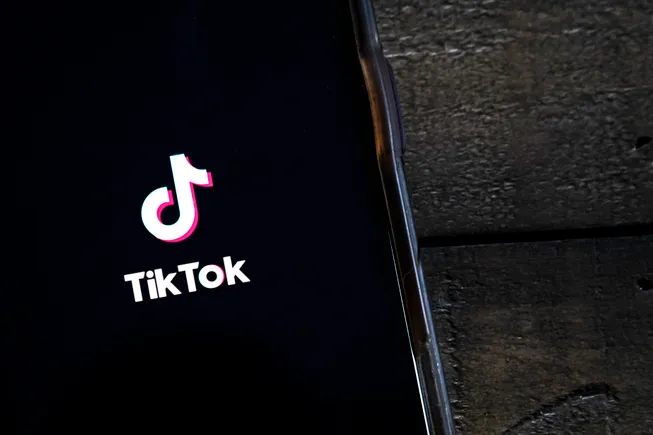
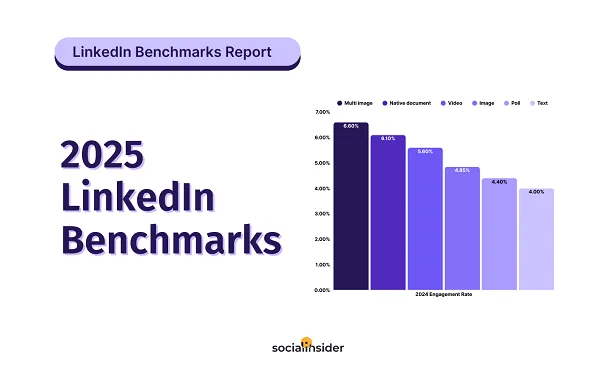
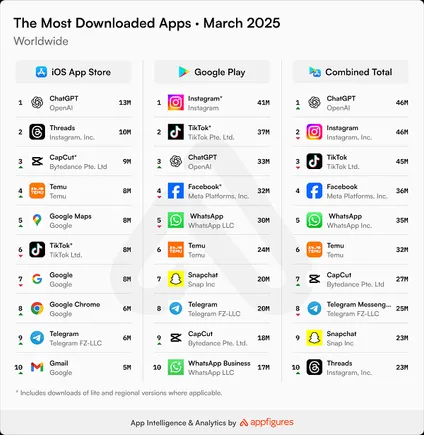


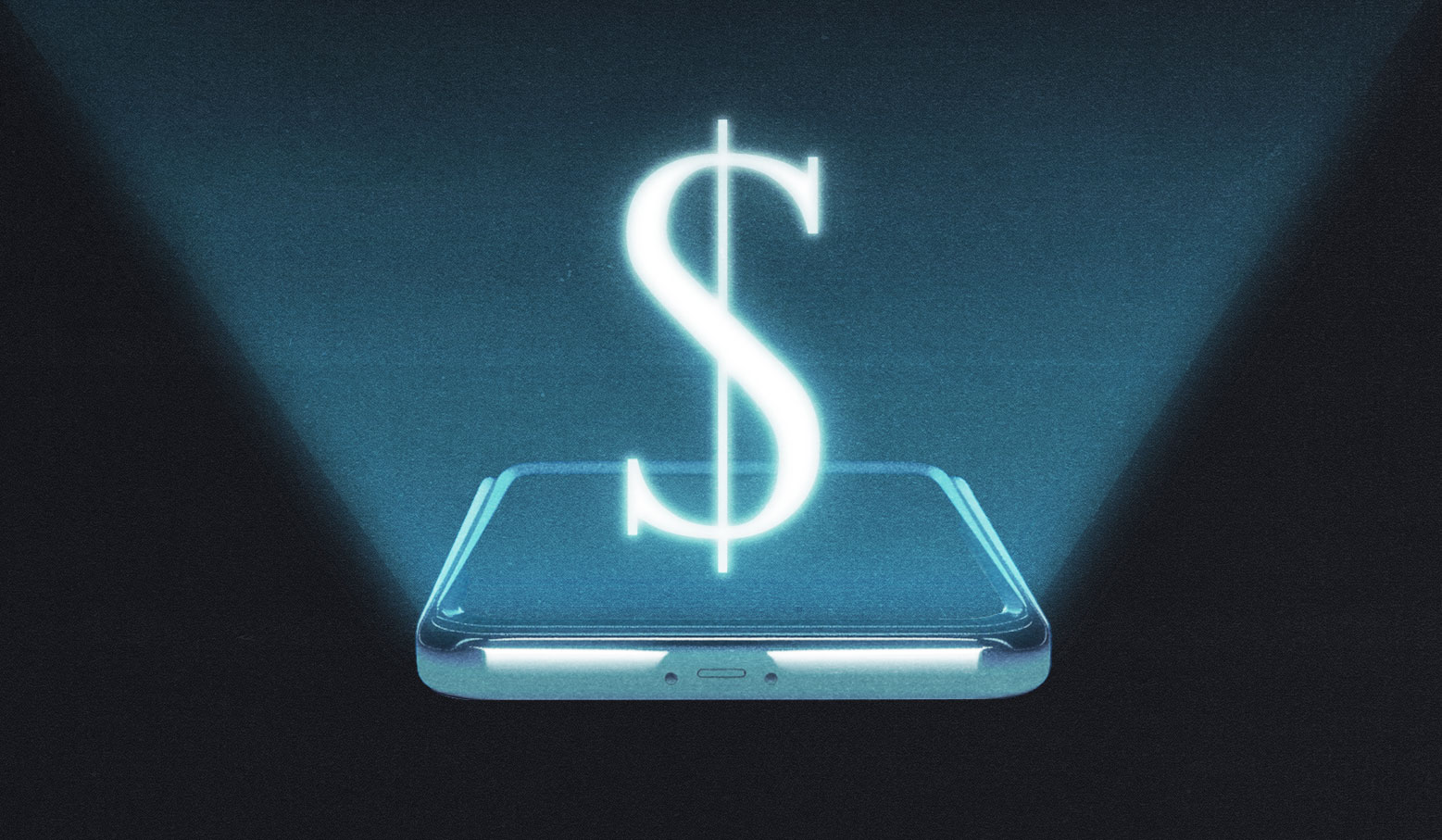













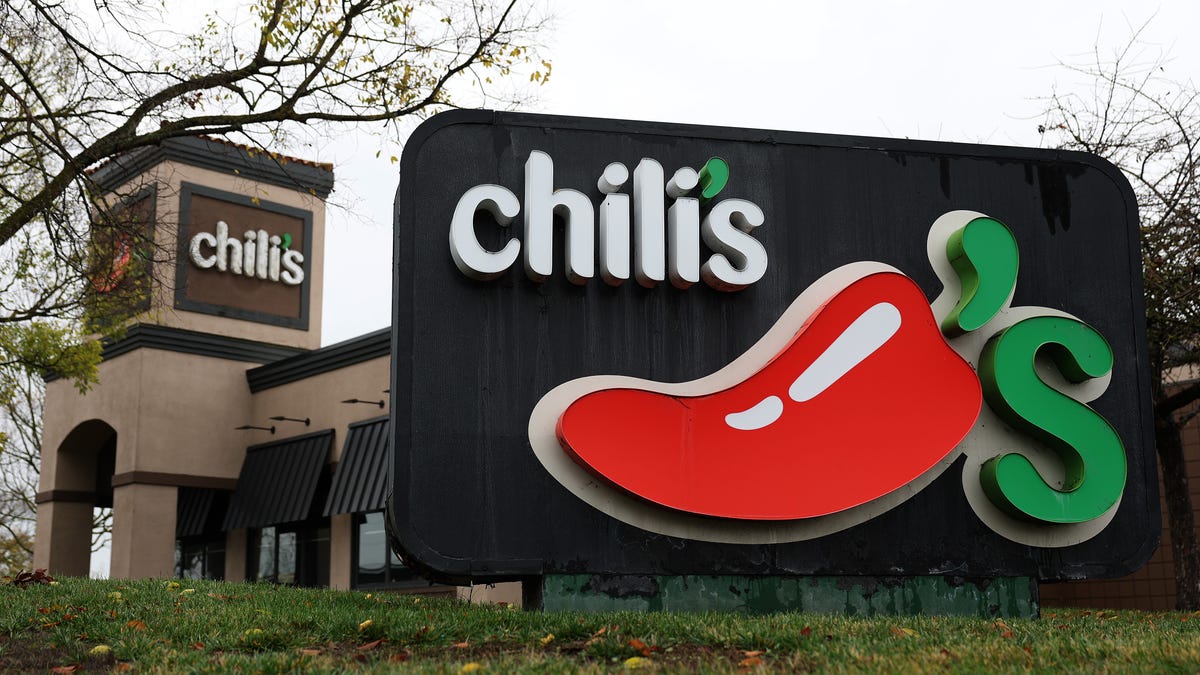






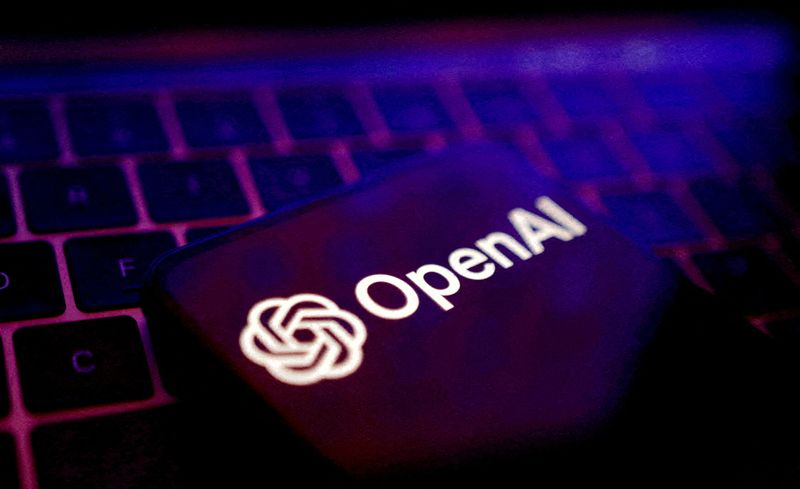










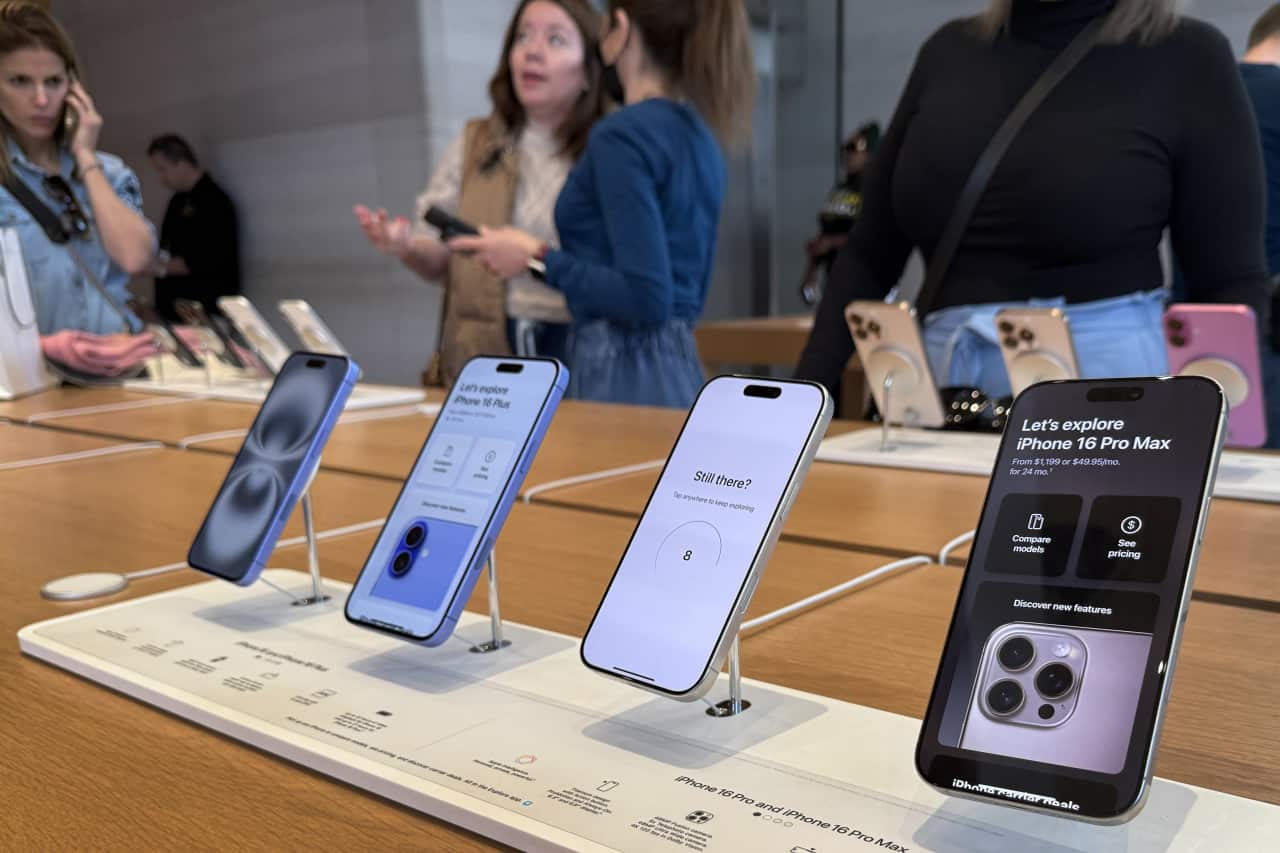


























































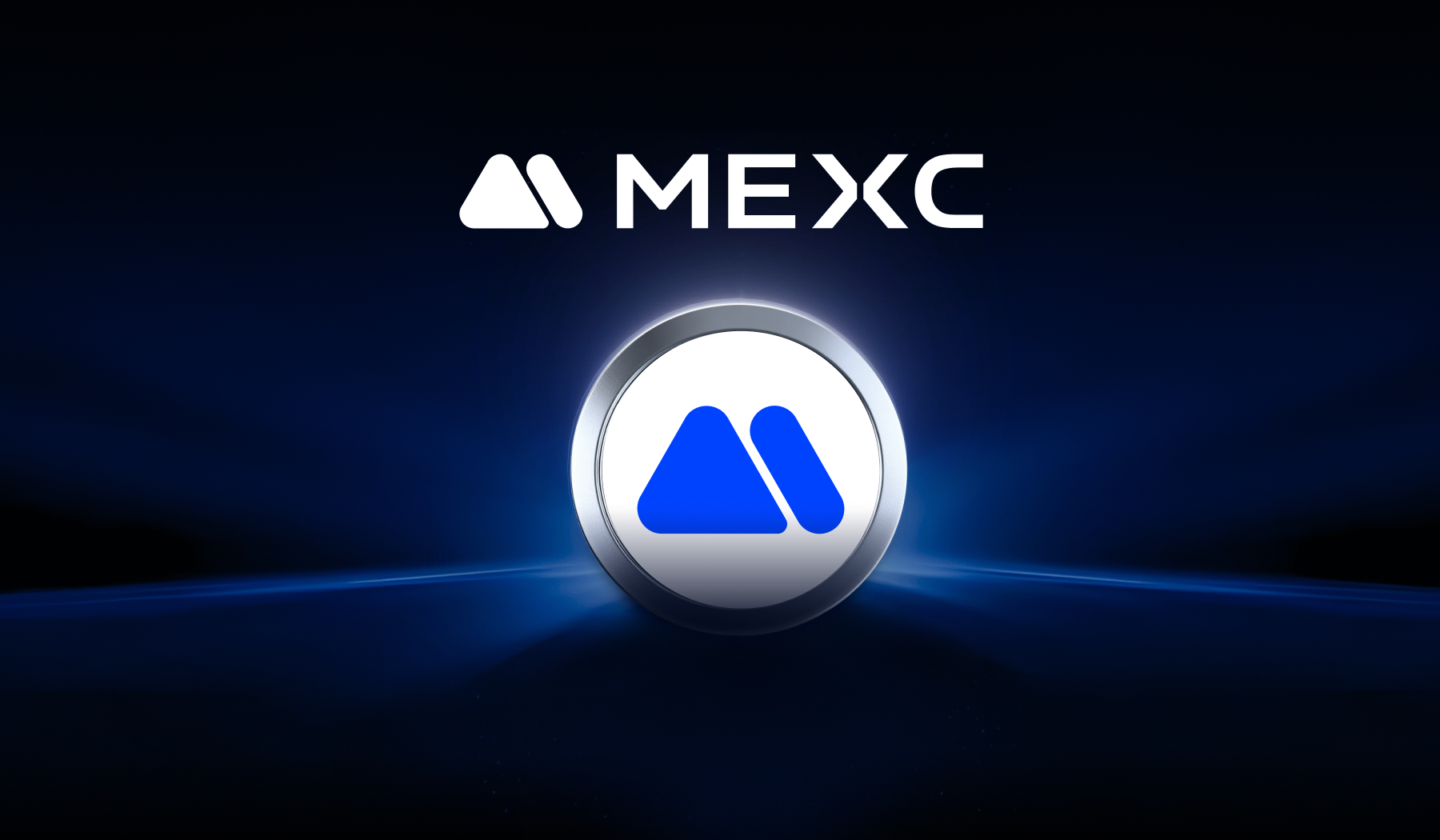





















































































![How to Find Low-Competition Keywords with Semrush [Super Easy]](https://static.semrush.com/blog/uploads/media/73/62/7362f16fb9e460b6d58ccc09b4a048b6/how-to-find-low-competition-keywords-sm.png)



